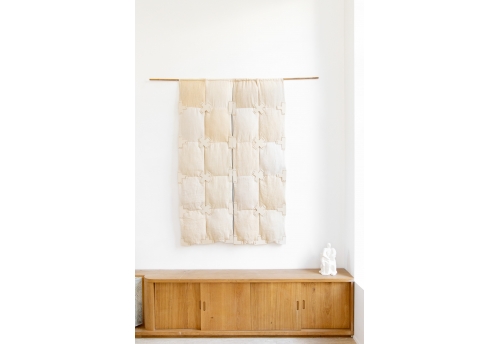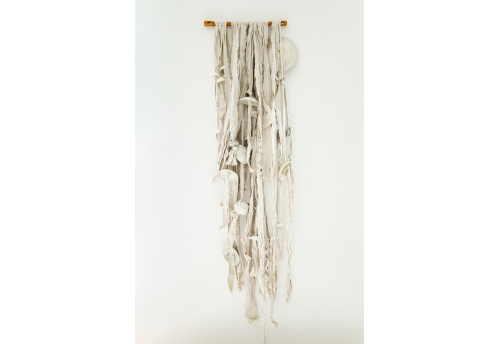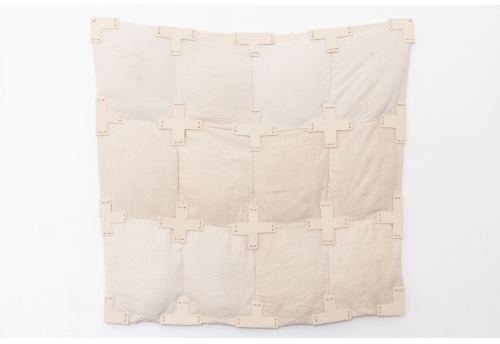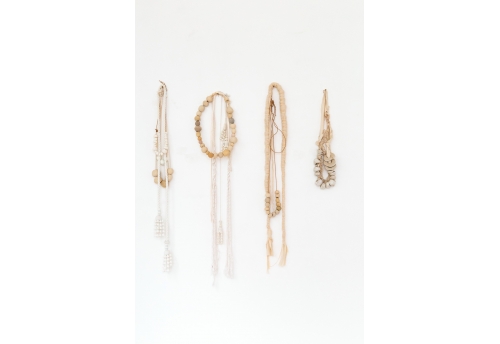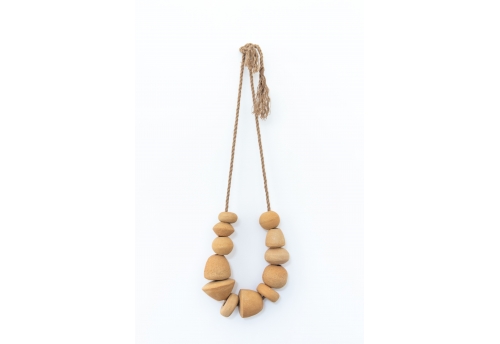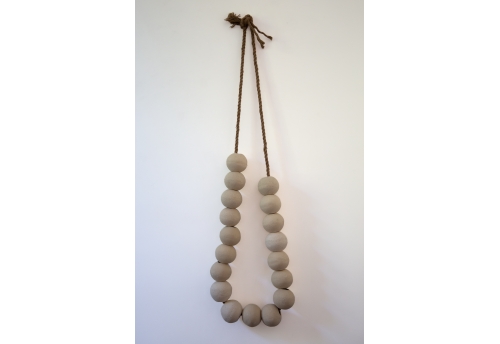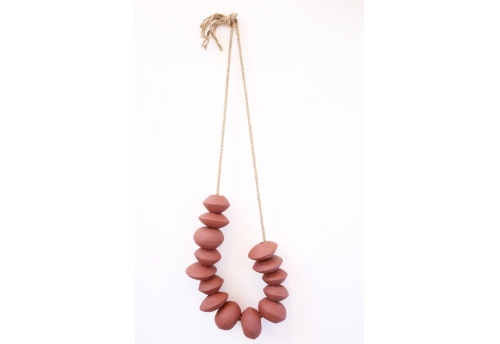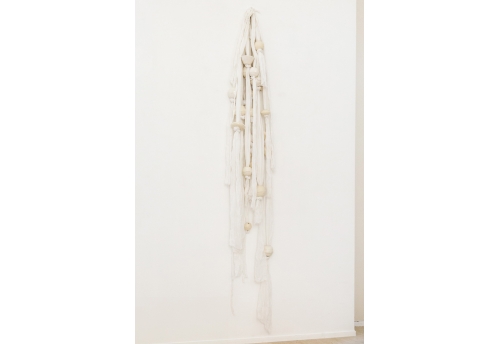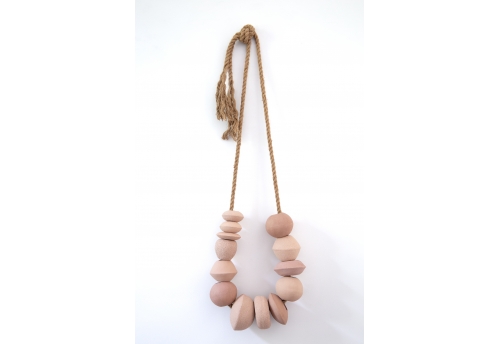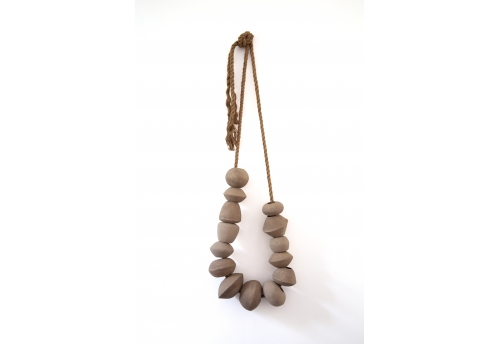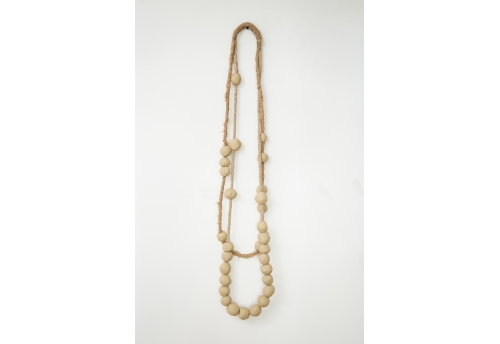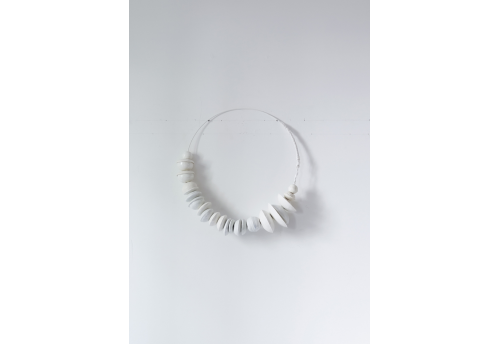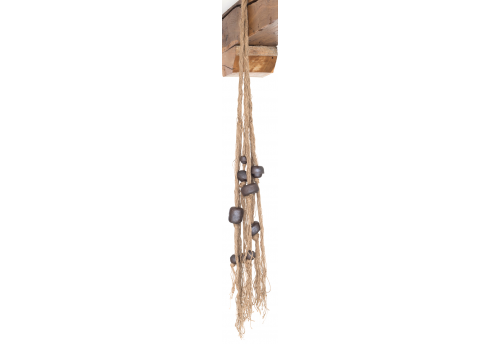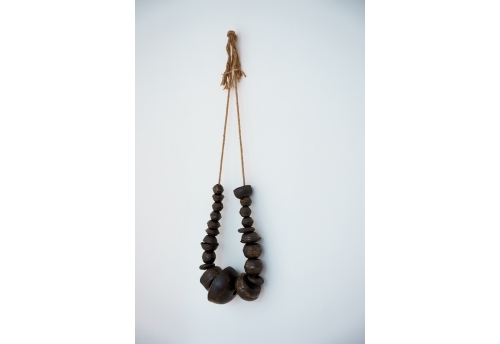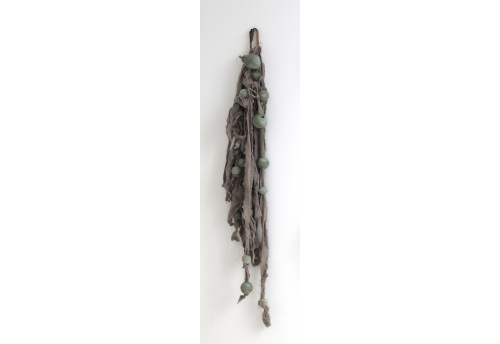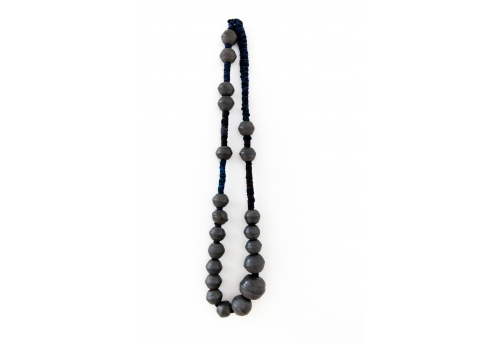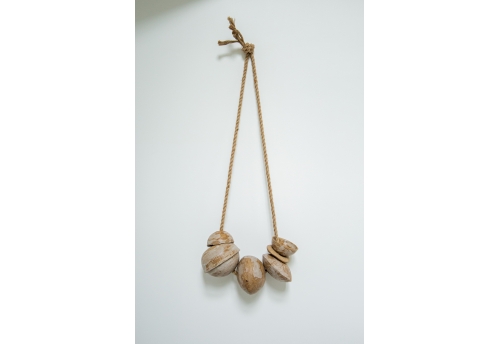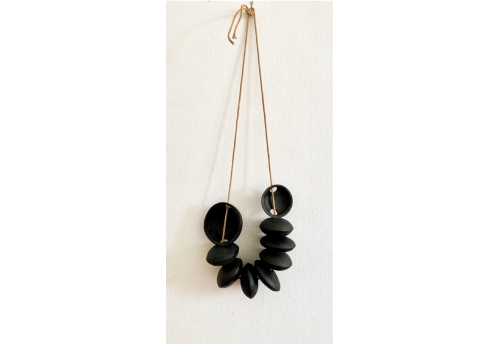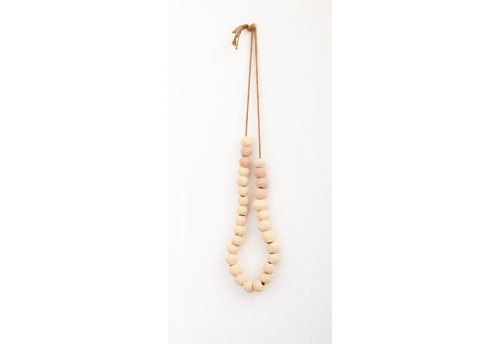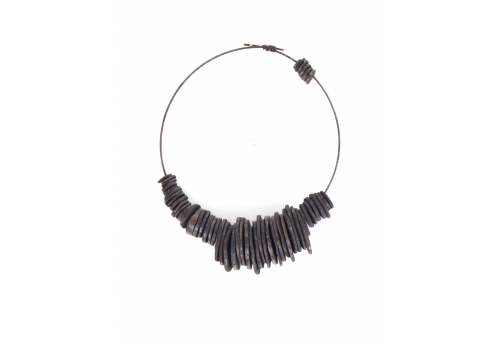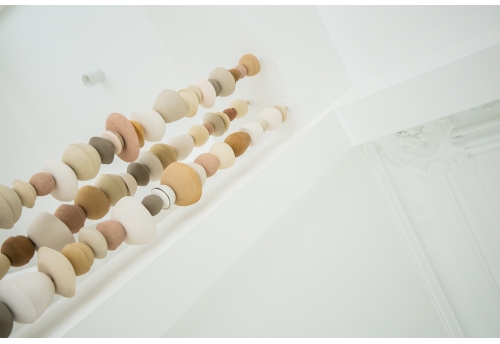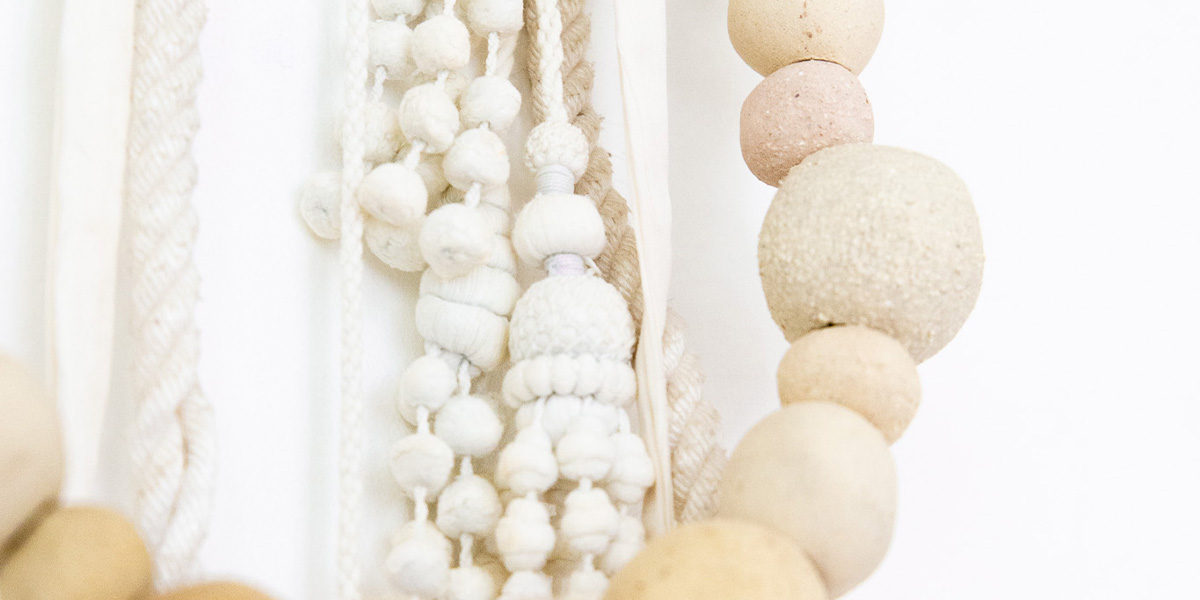“The earth, I like to drown in it". The ambivalence of Lili Delaroque's works remains there. Works on earth that evoke the sea. "The earth is the beginning of history", adds the artist, for whom this "strong encounter with matter" is experienced as "a letting go and a presence in the world" unmatched ". Because the quintessence of ceramics stays in this return to the origin, to nature, to childhood, so to the past. A return to ancestral know-how, a tribute to craftsmanship, "to the beautiful object that never dies".
From this tumultuous landscape emerges often an oceanic feeling of serenity and fullness. "I want my installations to take place in places to bring a feeling of calm and serenity. I like this idea of delicate objects, which freeze time, and soothe. "
If the relation to nature is unequivocal in her works, Lili Delaroque transcends it by bringing a refinement and a spirituality inspired by Japanese culture. Protean artist, passed by photography, painting, Lili Delaroque seems to have found her way, that of an art "away from the hubbub of the world and its agonizing modernity". That of an art where the works constitute "an invitation to the true journey, the one that is interior, dreamlike and marineocess.
In the earth, only his hands plunge, but his whole being drowns. The catch is often good. For Lili Delaroque brings up thousands of pearls in her nets. Pale or brown, the color of sand or seaweed, these matte ceramic corollas seem to come from the depths of the sea. Each has its own fragile shape, its smooth curves, as if polished by the surf, perfectly imperfect. Lili Delaroque welcomes accidents: alive, her raw material stands up to her, docile when she's zen, rebellious when her mind wanders and her gestures become clumsy. So she's careful to keep her balance, that inner peace without which nothing can happen. A devotee of Japan, she says she "honors" the clay she watches rise and dry, before threading it onto strings of hemp, rusty metal, old linen and all manner of found objects, natural and poor. Like this Japanese rope striped with beige and cobalt-blue sandstone, twisted around the wall like a snake shedding its skin. Or this Noren cobbled together from tired cushions, "cakes" blown with a cream palette and linked together by "pluses", profane crosses sewn at regular intervals. Nasses or necklaces, these antiques cultivate the art of the hand, an insular, nurturing art, that of the origins. They invite us to embark on an immobile journey, reminiscent of some ritual, a foretaste of a possible departure.
Virginie Huet




